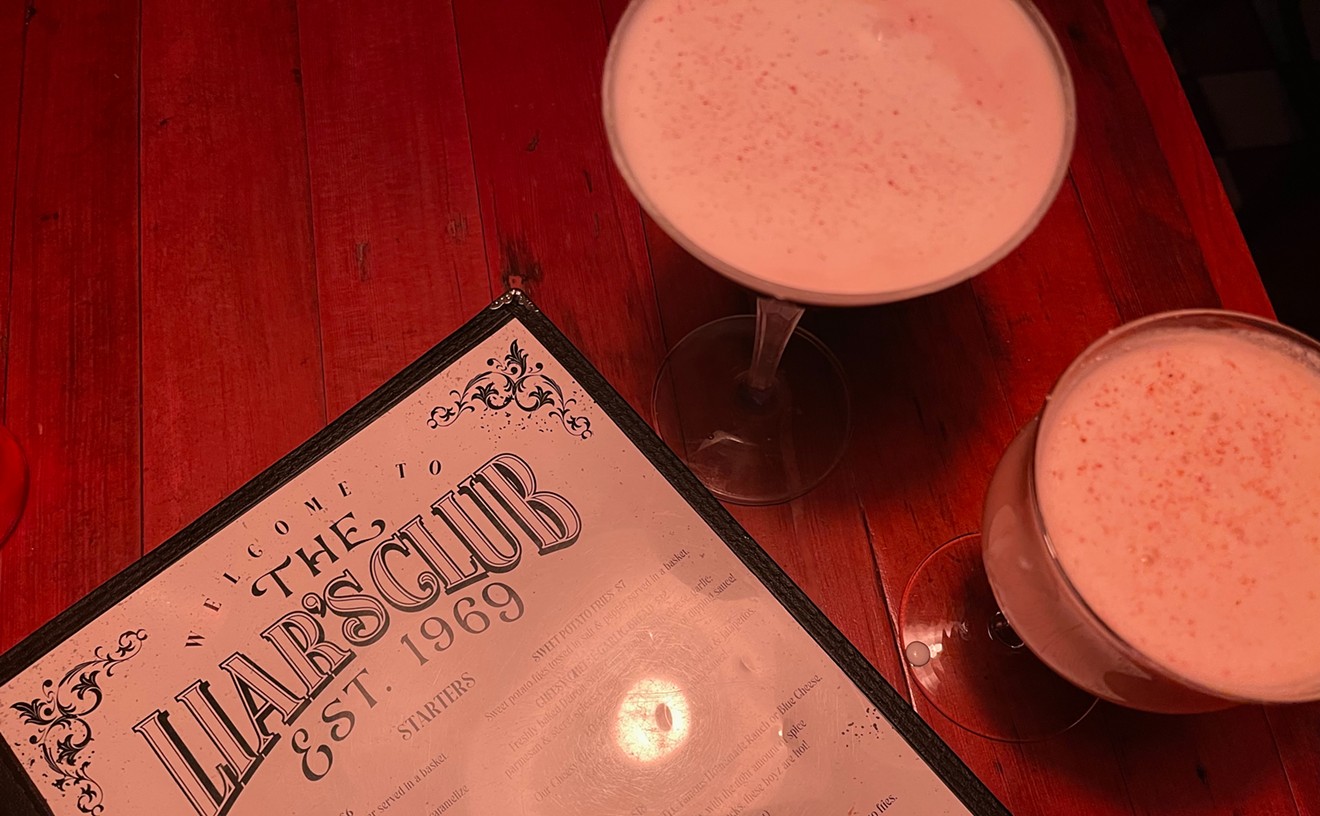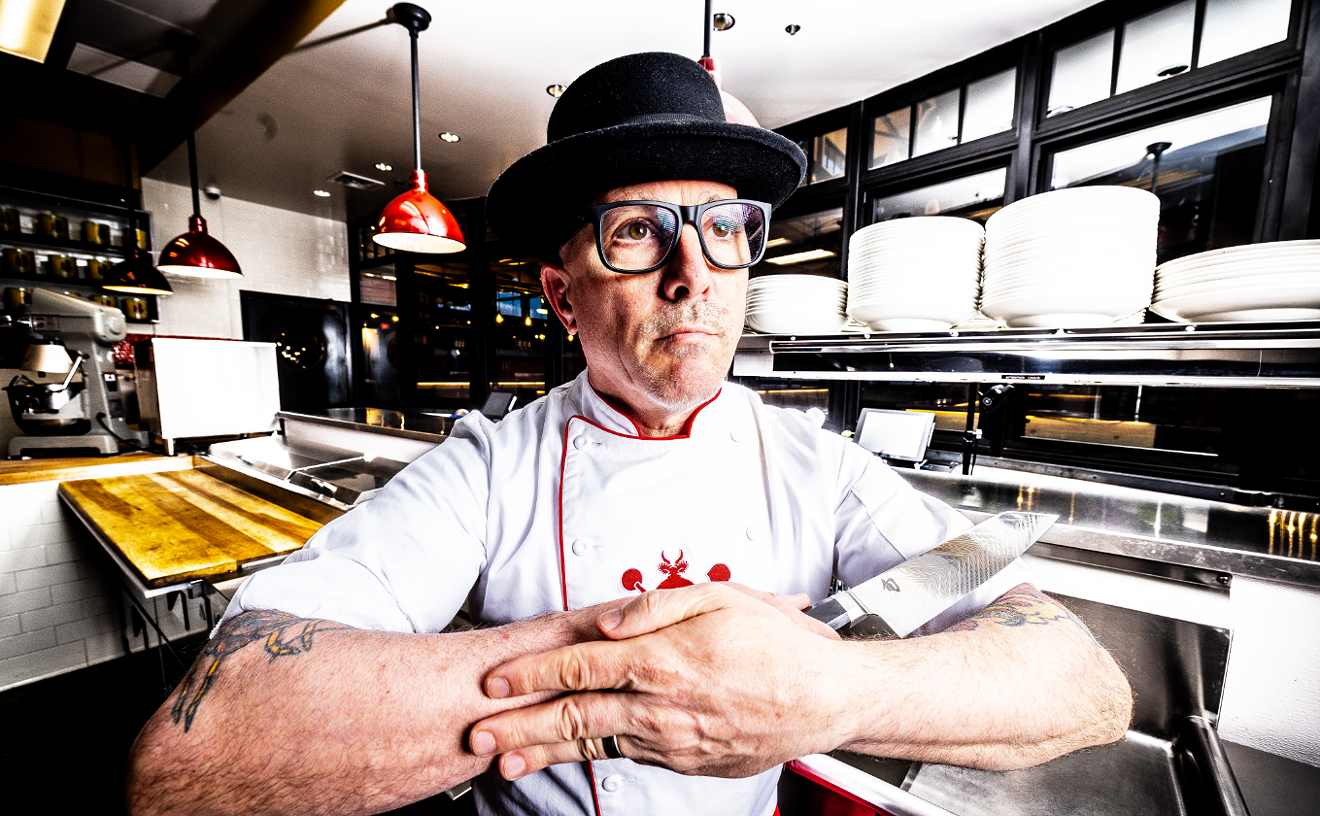What good is losing 20 pounds in two weeks just to gain it all back once you return to a steady diet of cheesy French fries and pints of ice cream? But that's what you can expect from crash diets, which instruct weight-loss hopefuls to shock both body and mind with over-the-top restrictions and an overwhelming number of changes at once. When it comes to developing your healthy lifestyle, don't expect to make a complete 180 overnight. Instead, focus your efforts on one habit at a time to create lasting change and see real long-term results.
THE INFAMOUS ATKINS
The appeal: You eat too much dessert, cereal, and pastries and are starting to think you'd be better off without carbs altogether. The risk: There's a reason the term "balanced diet" gets thrown around a lot, and the theory of Atkins runs counter to it. The balance in your food choices should be among protein, fat, and carbs. All three can be used as fuel for the body, but carbohydrates get converted to glucose quickly, giving you the energy you need to keep going immediately. They'll get burned off before the fat you eat, sure, but they also protect muscle tissue from being broken down for energy in case of a calorie deficit, like after a heavy workout. Carbs also help maintain digestive health, assist in calcium absorption, and regulate blood pressure. One-step wonder: The best ratio of the three macronutrients varies from person to person, but a good place to start is 20 percent protein, 30 percent fat, and 50 percent carbs. A food journaling app like MyFitnessPal will create these charts for you, but you have to be on top of listing everything you eat. The smart first step is to focus on what's lacking from a lot of diets: the protein. By increasing protein intake, you'll be decreasing carbs and fats. When you do consume carbs, stick to high-fiber foods like fruits and whole grains.
PALEO (A.K.A. CAVEMAN) DIET
The appeal: You can still eat all the meat you want -- just without the side of potatoes. Anyone with doctor's orders to go gluten-free may also be drawn to this diet plan. The risk: This is a difficult diet to stick to if you aren't used to restricting your food intake. While eating nothing but whole foods might feel good for a few days, it takes only one sandwich or side of beans to undo your diligent dieting. And the truth is, your body needs those carbs for energy, especially if you're trying to get fit by working out on a regular basis. One-step wonder: Instead of thinking "all whole foods all the time," simply start looking at ingredient lists and nutrition labels on everything you pick up at the grocery store. Saying "I want to eat more whole foods" won't help you make a change, but gaining awareness of what you're eating will. Once you hone that habit, you can move onto eliminating your worst guilty pleasure foods and eventually integrating whole foods into your diet on a regular basis. But, of course, you need to know what you're looking at on the label first.
THE MASTER CLEANSE
The appeal: You want to cut ties with fast food and frozen meals but can't make time in your schedule to cook. The risk: This is an extreme fast -- you won't be eating for seven to 28 days -- and scientific research shows that weight is lost because of a massive calorie deficiency, not the removal of built-up toxins. Unlike some other liquid crash diets, like The Clean Program, The Master Cleanse doesn't even incorporate a lot of juices rife with vitamins and minerals (just lemon) or supplements to ensure you have the proper nutrients while you're fasting, so you'll be starving your body of more than calories. One-step wonder: Replace one meal a day with liquid, whether it's the classic lemon-cayenne mix of Stanley Burroughs or a good-for-you protein smoothie. This will help you cut calories without leaving you desperate and famished. When your body gets used to consuming fewer calories, your body and mind will adapt, with potential to decrease the intensity of your food cravings over time.
RAW FOOD DIET
The appeal: You want to get the most out of everything you eat in a short amount of time. The premise behind eating only uncooked foods is that heat de-natures the enzymes in the food, rendering ingredients less nutritional. Most raw foodists consider it to be a lifestyle, but the principles are still adapted into a crash diet or detox. The risk: Raw food diets are mostly vegan, which makes it difficult to get all the nutrients your body needs, including iron, calcium, vitamin B12, and omega-3s. Many raw food recipes use rare ingredients (e.g., vegan coconut crystals) and take a deceptively long amount of time to prepare, making it pretty tough to stick to this diet if you aren't 100 percent committed. Not to mention heat is often a safety step in preparing food. One-step wonder: Challenge yourself to eat one meal a day that's made entirely of raw foods. This will help you get used to integrating more fruits and vegetables into your daily intake and push you to try new health-conscious recipes, like raw cheesecake. (Yes, it's good! Try one of the many flavors at Pomegranate Café to find out for yourself.)
LOW-FAT DIET
The appeal: You don't like the fat on your body and don't want to contribute to it by consuming more fat in your food. Plus, it's easy to find foods labeled "low fat" in grocery stores. The risk: Turns out we need fat to survive, so cutting it out of your diet entirely isn't a smart choice after all, even for a short span of time. In fact, the average man (i.e., not a bodybuilder) has about 15 percent to 18 percent body fat and women have more like 20 percent to 25 percent. Fat cells store energy for later, which is particularly useful if you get very sick, and fat also is needed for vitamin absorption, hormone production, nerve cell communication, and cell and tissue maintenance. One-step wonder: Look at the fat content of what you're eating and select healthy fats over fried foods and other trans or hydrogenated fat-laden options, like processed (packaged) pastries and snacks, margarine, and candy bars. Also cut back on saturated fats, like those found in fatty meats, butter, and whole milk, although some, like dark chocolate, are shown to have health benefits in small quantities. Best of all are monounsaturated fats -- including olive oil, peanut oil, avocados, olives, and nuts -- and polyunsaturated fats -- including fish, soy, tofu, walnuts, and seeds like flax, pumpkin, and sesame.










